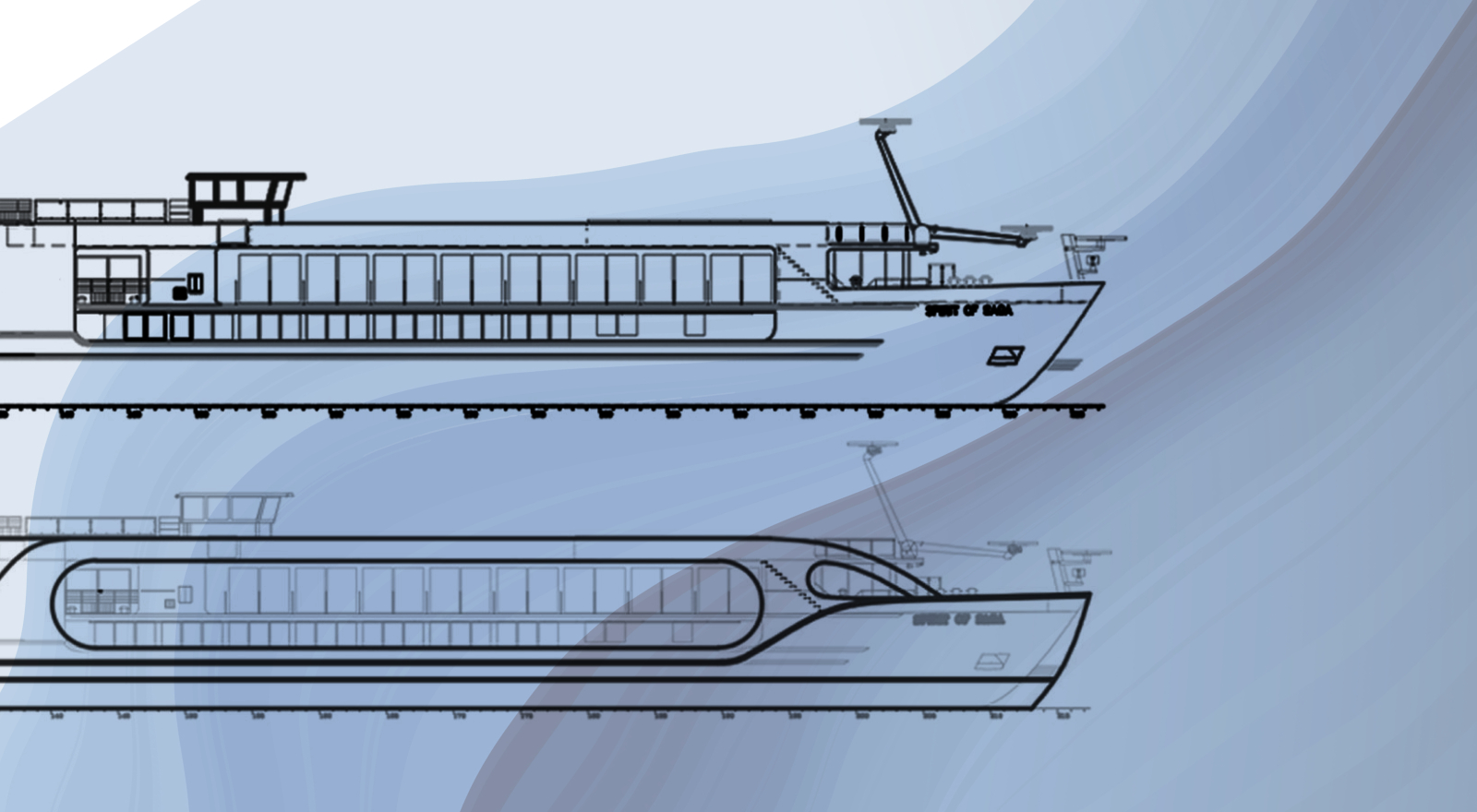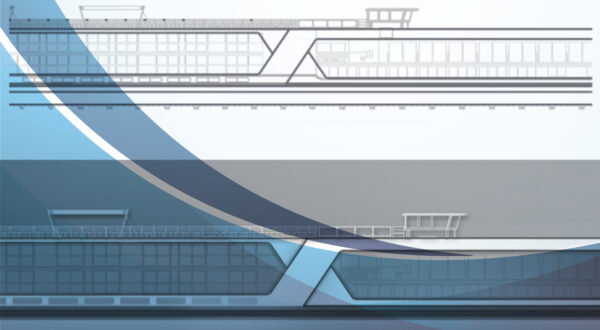You create high-performance boats, but your projects still don’t achieve the success you’d like? Often, the problem isn’t in the engineering but in the design. Over the past 18 years of working with numerous ship engineers, I’ve identified six common mistakes that happen most often. In this first part, I’m covering three missteps engineers take—and how to avoid them.
1. Using Too Many Basic Geometric Shapes
We know how easy it is to overuse them. Engineers are great at math, and geometric shapes are simple to define. Calculating the radius and volume is straightforward, the projects look clear, and it feels like the logical way to go. However, Mother Nature would disagree.
In nature, organic forms dominate. They flow seamlessly into one another, creating a sense of unity. Fluid shapes feel more natural to the human eye and are often more appealing. People tend to prefer designs that remind them of nature. Look at some of the most successful boats—fluid forms are there for a reason.
Tip: Remember Bézier curves. Pierre Bézier first used them in the 1960s to design Renault car bodywork. These curves ensure that forms look beautiful at any size. Smooth, continuous lines will make your project more visually attractive and better integrated into its environment.
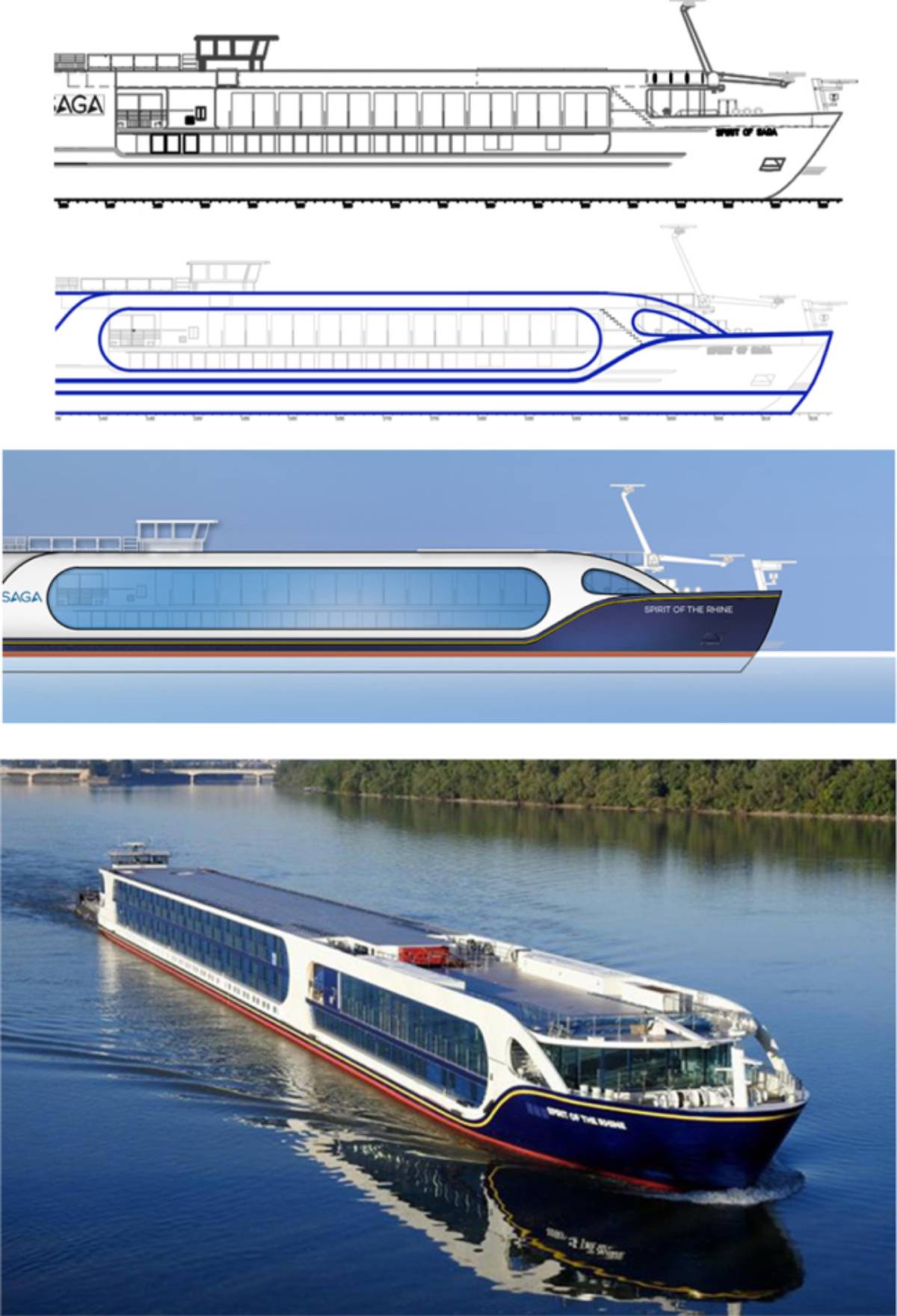
2. Focusing on the Boat’s Performance but Not on the Client
Functionality and safety are undoubtedly the most important aspects of any vessel. You spend a lot of time selecting the right engine, batteries, and heating system. However, if you focus too much on technical aspects, you risk overlooking the user experience.
How will the client use the space? How will they feel on board? What destinations will they sail to?
Tip: Think about what people will do on your vessel. Where will they have their morning coffee? Where will they escape the midday sun? Where is the perfect spot for reading or sharing a glass of wine with friends? Imagine their ideal day onboard. Give your target client a name, age, and personality, and guide them through the future vessel. Are all spaces and pathways working for this scenario? If not, adjust the design to improve usability, without compromising performance.
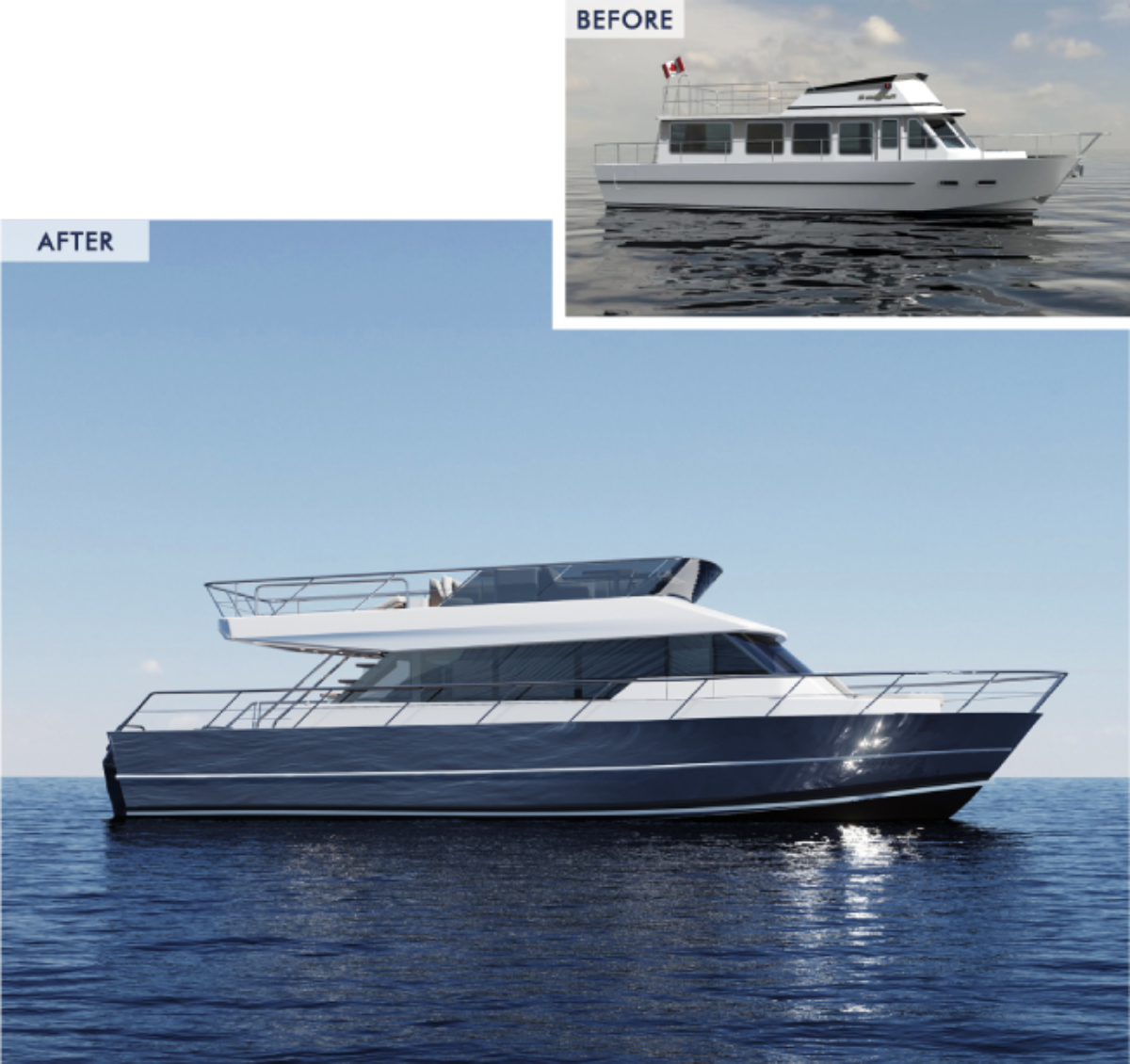
3. Prioritizing the Exterior While Neglecting the Interior
Choosing functional furniture of the right dimensions is not enough. Every piece must contribute to a cohesive and well-balanced design. Start with a clear color scheme and material selection—then stick to it.
Tip: If you’re unsure about colors, neutrals are a safe choice. To add vibrancy, use small color accents. When working with wood, limit yourself to two or three different finishes. This ensures a calm, sophisticated look. Keep color tones muted for a more cohesive design.
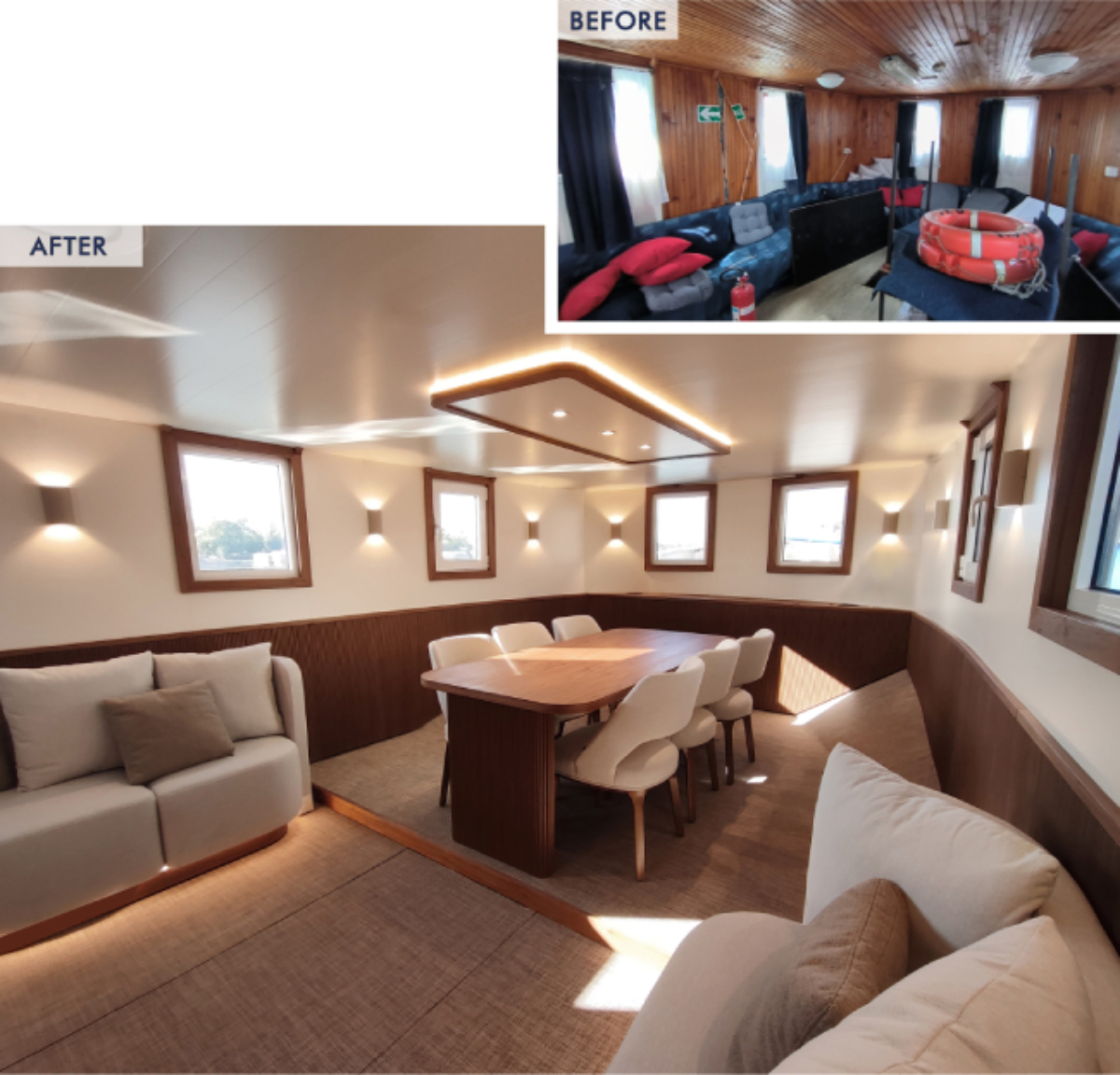
Stay tuned for Part 2, where I’ll reveal three more common mistakes and how to fix them.




